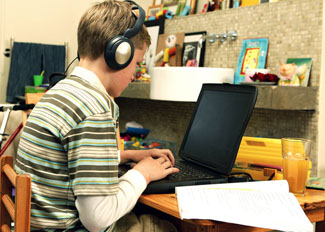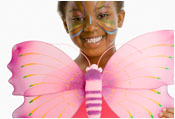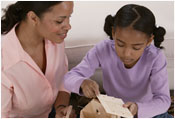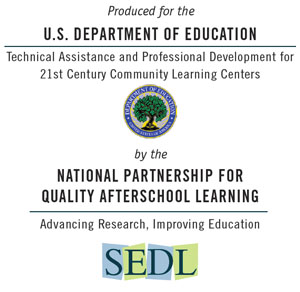 |
|
 |

The Case for the Arts in Afterschool “We don’t have time to offer arts activities.” We’ve all heard this statement, and some of us may have even said it ourselves. Just as a work of art may bring a new perspective, the same is true for finding time for art. Instead of seeing art as something that takes time away from academic enrichment, try using the arts to reinforce it. You will likely find students to be enthusiastic participants in music, theater, and visual arts projects related to core content areas like math and science, and you will also be using research-based strategies that can help them learn. Integrating the Arts With Other Subjects is one of the promising practices in the arts section of the Afterschool Training Toolkit, a free online staff development resource developed by the National Partnership for Quality Afterschool Learning. This practice supports learning through creative, hands-on arts activities that build on content from other subject areas. For example, students studying the solar system might extend learning by creating a planetary travel brochure. “If a student is struggling with science, he or she might be more receptive if an instructor presents science in the context of an art activity,” says Suzanne Stiegelbauer, who led the development of the arts toolkit. “Once you have sparked students’ interest with art, you will increase their desire to learn any subject.” Project-based learning (where students learn by tackling real-world problems and projects) and thematic learning (where activities are organized around themes) are two types of instruction that lend themselves to the incorporation of arts activities. To get started, talk to students’ day-school teachers to learn what themes students are studying during the regular school day. If a social studies class is studying the Middle Ages, students can spend their afterschool hours building replicas of medieval castles or listening to the music of troubadours. If you are interested in integrating the arts into afterschool activities, visit Integrating the Arts With Other Subjects in the arts toolkit and click on the “Sample Lessons” tab. |
|
 |
|

|
KidsQuest
|
 “Arts are easy to include in afterschool programs. The arts strategies are vehicles to engage students in the learning process.” Cathy Mandel 21st CCLC coordinator |
 |
 |
 |
||||||
|
|
Community Involvement
|
|
||||||
|
This email was sent by: Editor: Laura Shankland This newsletter was produced
in whole or in part with funds from the U.S. Department of Education
under contract number You are welcome to reproduce issues of AfterWords and distribute copies at no cost to recipients. Please credit SEDL as publisher. Link to PDF versions of AfterWords is available here. For additional uses, please fill out and submit a copyright request form. Copyright © 2008 by SEDL. |



